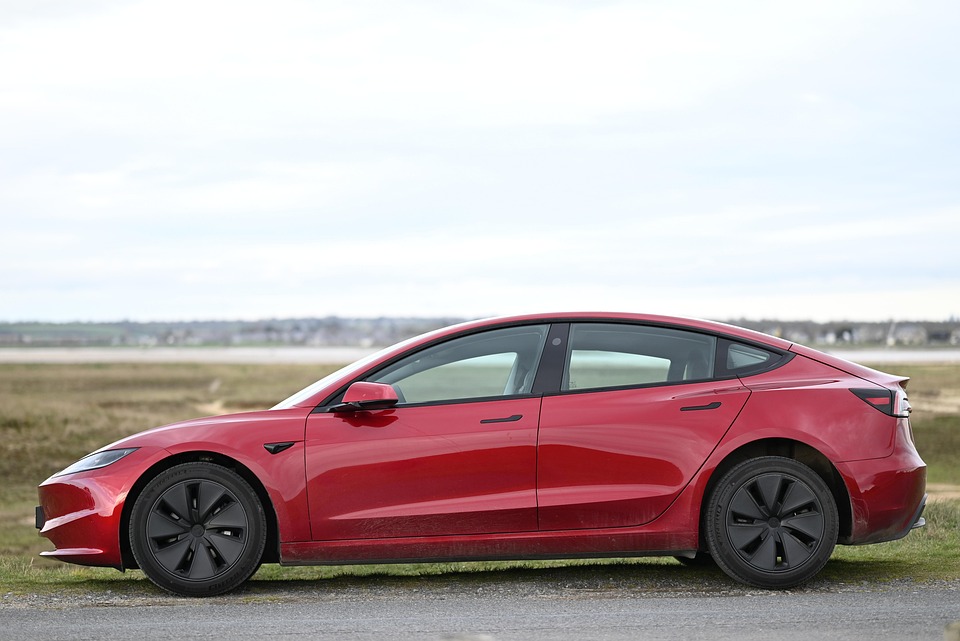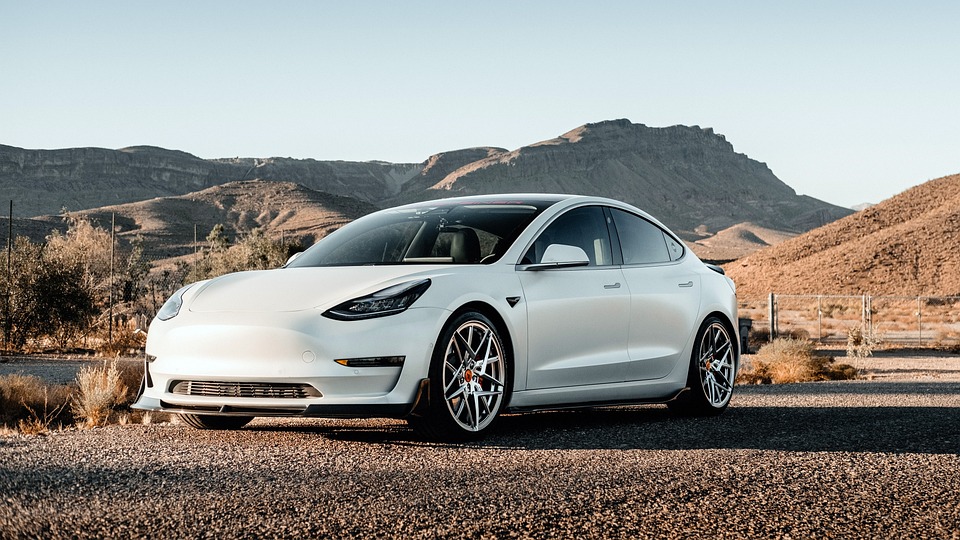Tesla Raises Prices Again in 2025 — In the Middle of a Price War?
While much of the auto industry continues to battle in a brutal price war, Tesla — the company that arguably ignited the discount race — has raised its prices again in 2025. This decision has surprised many, given the current ultra-competitive EV landscape. But what’s behind Tesla’s bold move?
1. What’s New in the Latest Tesla Price Increase?
According to 21st Century Business Herald, Tesla China recently raised the price of the Model 3 Long Range AWD from 275,500 yuan to 285,500 yuan, a 10,000 yuan increase (~$1,375). Meanwhile, the Model 3 RWD and Performance variants remain priced at 235,500 and 339,500 yuan respectively.
This price adjustment comes with performance upgrades. The Model 3 Long Range AWD now boasts 753 km CLTC range and 0-100 km/h acceleration in 3.8 seconds. However, these improvements are largely software-driven — Tesla now includes the "Acceleration Boost" package as a standard feature.
The Model Y Long Range also received a range upgrade to 750 km, but its starting price remains unchanged at 313,500 yuan.
Notably, this is not Tesla's first price hike in 2025. Earlier in January, prices for both the Model 3 Long Range and Performance variants were also raised.
To ease the impact, Tesla is offering limited-time perks including 5-year 0% financing, ¥8,000 insurance subsidies, complimentary paint upgrades, and special charging incentives for orders placed before July 31.
2. Why Is Tesla Increasing Prices During a Price War?
At a time when most automakers are slashing prices to survive, Tesla’s decision to go against the current begs a deeper look. Here's why Tesla believes it can afford to raise prices — and what risks that decision entails.
a. Tesla Treats Pricing as a Strategic Lever, Not a Fixed Policy
Tesla’s price changes — both upward and downward — are part of its dynamic pricing strategy. Even before local manufacturing in China, Tesla frequently adjusted prices to reflect market demand, cost shifts, and strategic positioning.
Unlike traditional automakers relying on dealership networks, Tesla’s direct-to-consumer model allows it to swiftly implement pricing changes without negotiating with middlemen. This agility enables Tesla to maximize profits or adjust its market share strategy in real-time — whether to counter rising material costs, currency fluctuations, or temporary dips in demand.
b. Brand Power Gives Tesla Pricing Freedom
Tesla isn’t just a car company — it’s a symbol of innovation, clean technology, and futuristic design. That branding power is immense.
For many consumers, Tesla represents the gold standard in EVs. The loyal customer base, attracted not just by hardware but by Tesla’s vision and software ecosystem, gives the company a pricing buffer. Many buyers are willing to absorb a price increase simply because they want a Tesla.
This brand strength — much like Apple’s — allows Tesla to maintain margin discipline in ways that competitors cannot.
c. The Risk: Aging Models vs. Agile Competitors
Despite its brand strength, Tesla is facing an aging product lineup. The Model 3 has been on the market for nearly a decade, and the Model Y shares its platform. While Tesla’s software and OTA updates remain competitive, many newer Chinese EV brands — like BYD, Li Auto, Xiaomi, and AITO — are aggressively launching next-gen platforms with more modern interiors, smarter features, and faster updates.
If Tesla continues to increase prices without launching refreshed models, it may lose ground in the value-conscious Chinese market, where local alternatives offer more features at similar or lower prices.
d. Long-Term Strategy or Potential Misstep?
History shows that companies that raise prices during downturns often do so from a position of strength. However, Tesla risks overplaying its hand. If it doesn’t introduce significant product upgrades soon, the higher prices could alienate budget-conscious consumers, eroding market share.
With EV technology evolving rapidly, innovation remains the key differentiator. If Tesla is seen as lagging in hardware or feature updates, it may face consumer attrition, especially as Chinese consumers become more discerning. And once those customers switch brands, regaining their trust — even with discounts — may be costly and time-consuming.
Final Thoughts
Tesla’s price increase in 2025 reflects a deliberate, calculated business strategy rather than a short-term mistake. The company is leveraging its strong brand, software enhancements, and direct-to-consumer agility to maintain profitability even during a price war.
Yet, the road ahead is not without risk. To justify continued premium pricing, product innovation must keep pace with expectations. Otherwise, the very pricing power Tesla enjoys today could become a liability in tomorrow’s EV battlefield.
Categories: vehicles



